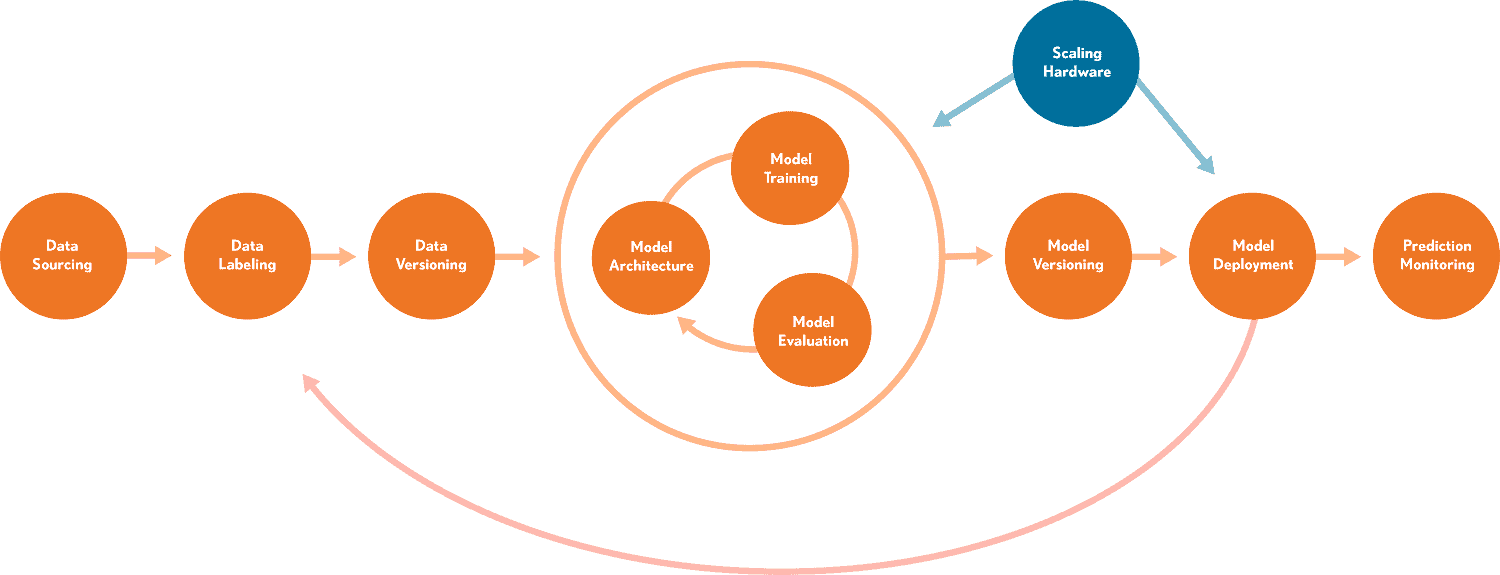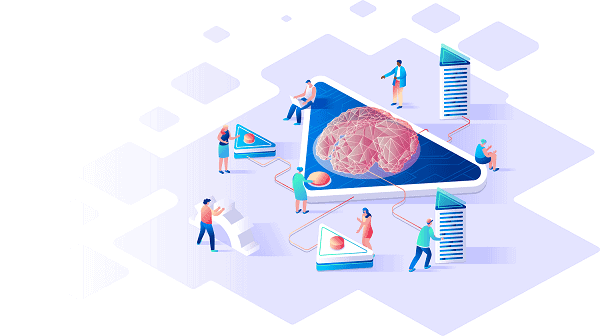Developing Neural Networks to Fulfill Business Requirements
Understanding how subsets of artificial intelligence are developed will become crucial to effectively determine efficiency in development teams. This post focuses on the development cycle of a neural network, a machine learning implementation.
Artificial Intelligence (AI) is continuously being pushed past its limits and becoming common in all aspects of life, and there is no doubt that AI will soon become a requirement in most development scenarios in some way. Understanding how subsets of artificial intelligence are developed will become crucial to effectively determine efficiency in development teams. This post focuses on the development cycle of a neural network, a Machine Learning (ML) implementation which we used in a recent internal hackathon.
Developing a neural network is a lot like raising a kid, at first you have a baby, and while it may be small and not very knowledgeable, it shows potential. So, you nurture the baby, give it what it needs and teach it through example. And one day, out of nowhere, little baby Skynet is all grown up and ready to take over the world!
While it is an extremely interesting topic, this post will avoid further discussion of potential takeover from AI agents. Instead we will focus on what to expect when a development team is tasked to develop a new neural network. Before diving off the deep end, it is important to understand the terms Artificial Intelligence (AI) and Machine Learning (ML) and their differences. AI is very broadly defined as “intelligence demonstrated by machines.” Realistically this definition provides no insight, so I typically rely on this quote:
“AI is whatever hasn’t been done yet.”
— Larry Tesler
Essentially, this speaks to the AI effect, whereas technology advances the tasks that required more “intelligence” become simple. ML is where things get slightly more specific. ML is defined as “the study of algorithms… that computer systems use to perform a task without using explicit instructions.” Essentially, using math to do something without being told exactly how to do it. Machine learning is carried out in multiple ways, but the primary example throughout this post will be neural networks. Neural networks are an example of ML that is modeled after the human brain.
Developing the Neural Network
Now that the boring definition section is over, let’s dive into the fun part, how neural networks are developed and why understanding this cycle will become invaluable as technology progresses. The image below shows a workflow for developing a generic neural network. It’s important to remember that this cycle is regarding only the neural network side of development. If the solution requires an application that utilizes the network, then this flow is in addition to the standard software development cycle.

The first step, Data Sourcing, refers to the collection and “normalization” of data to be fed into neural networks. The process for this step differs based on data readiness, but in general involves accessing where the data is stored and converting the data to be in the same format universally. Next is the process of Data Labeling, which can be time consuming for certain neural networks. For example, a network designed to categorize its input will need to have initial data that has already been categorized manually. Data Versioning is as it sounds, each data set needs to be properly notated so that developers can reference which sets produced the best results.
The next section of steps involves the cycle of creating the actual neural network. The network, modeled in the image above, goes through three main stages:
Finally, after multiple iterations of the model development sub-cycle, the development team will have a functioning model that is ready to make predictions. Before the model is utilized in a production environment it must be versioned. Model Versioning is essentially documenting the specifics regarding when the model was trained and on what data. This step is vital for ensuring model quality in the future. If a new model is trained, it is important to be able to compare its results with previous iterations as well as allowing the developers to assess why one model performs better than the other.
After versioning, the model is officially ready for deployment. Model Deployment steps differ based on use case. For example, if the network is a stand-alone entity, this step is mainly just hosting the model somewhere in the cloud or as a runnable script. But, if the model is to be used within custom software, this is where the neural network development cycle would return to the software development cycle, most likely within the “integration” phase.

After a model is successfully deployed to a production environment there are different “next steps” based on use case. For most high-level classification models (models trained to predict what the data being passed on is), if the model is trained effectively once, then there should be no reason to re-train on new data unless there is a change of scope. In this situation, the development team would enter the Prediction Monitoring phase. Essentially, development work is done for this use case, the only action is to ensure the model continues to perform well. If the model begins to perform poorly, the team would then need to start the cycle over again.
In contrast to classification models, some models are dependent on things that are consistently updating. For example, if a model is making predictions for stock values, it would be beneficial to consistently re-train the model as often as possible so that it learns on the most recent data. Facing a situation such as this, the development team would need to simultaneously fulfill the responsibility of the Prediction Monitoring phase while also starting again at the Data Labeling phase with refreshed data.
Artificial Intelligence and Machine Learning are very quickly raising the expectation for how significant of an impact technology can have on businesses success. Ensuring you are on the front end of this movement is going to become integral to the growth of your business. Understanding the workflow involved in ML development is crucial to maintaining an efficient and accountable development team when a neural network is a part of the development goals. Knowing the various steps that the team will need to take will allow you to be better prepared for the development cycle to begin and end efficiently.
Looking for more on Automation?
Explore more insights and expertise at smartbridge.com/automation
Keep Reading: Natural Language Processing Integration with UiPath RPA
There’s more to explore at Smartbridge.com!
Sign up to be notified when we publish articles, news, videos and more!
Other ways to
follow us:


